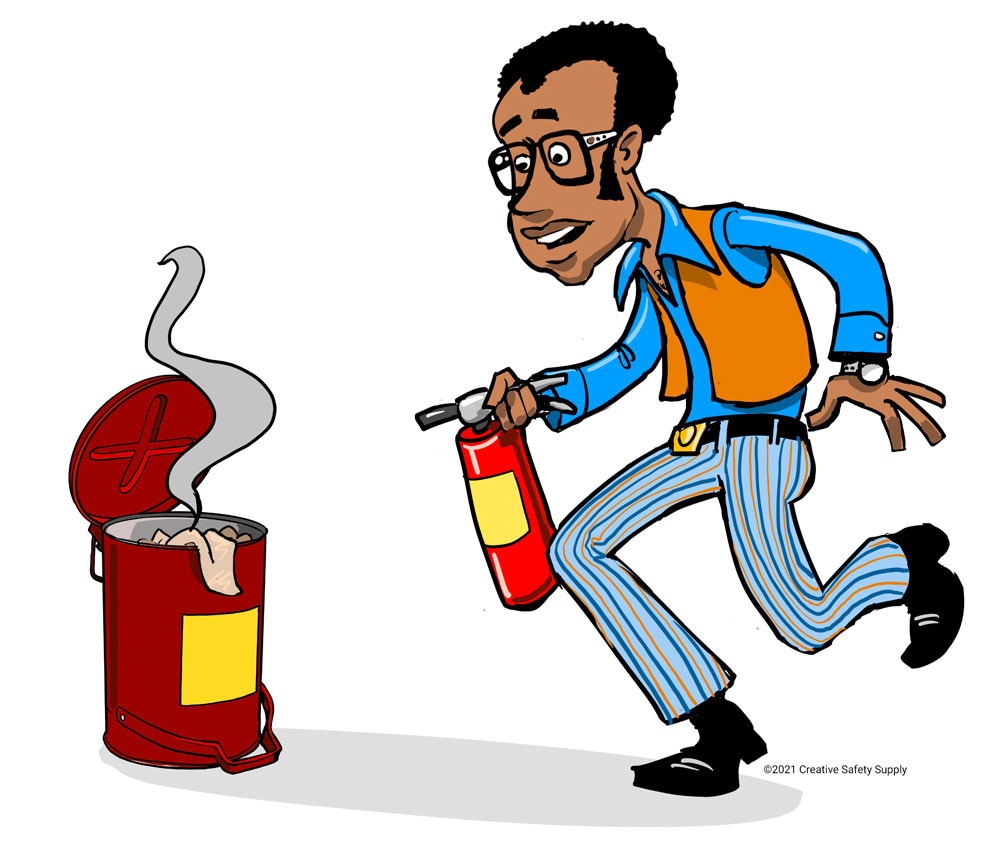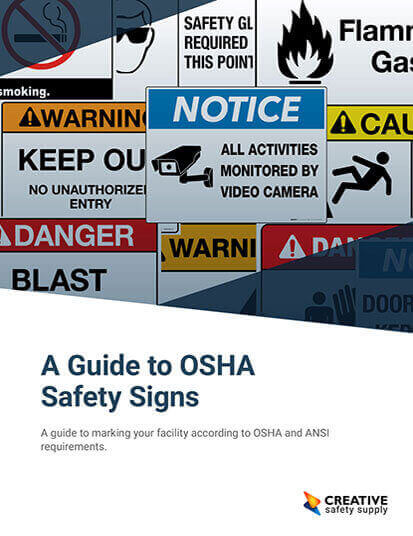
A hazard is a source or situation that has the potential to inflict bodily harm, loss, or danger to an individual, environment, or property due to its presence. The capability of a hazard depends on the degree of threat it poses. There are multiple types of hazards:
- Physical hazards: Noisy machinery, moving forklifts, working at heights.
- Chemical hazards: Flammable materials, oxidizing materials, and corrosive materials.
- Biological hazards: Mold, viruses, bacteria, bird and animal droppings, insect bites.
- Human-related hazards: Repetitive jobs, inappropriate behavior, ergonomic hazards.
What is a Risk?
A risk is the likelihood of a hazard occurring, leading to harm. The degree of injury or harm ultimately depends on how often the hazard is exposed, the reaction implemented after the occurrence of a hazard, and whether there are any potential safety measures in place to minimize the risk of the hazard.
What is Meant By Hazard Assessment And How Can It Help?
Hazard identification and assessment is the process of finding and evaluating the hazards that exist or may arise in the workplace. It is the first and most important step in preventing and controlling hazards. Hazard identification and assessment can help:
- Protect workers from harm and improve their well-being and productivity.
- Comply with legal and ethical obligations and avoid fines, penalties, or lawsuits.
- Reduce costs and losses associated with accidents, injuries, illnesses, or damage.
- Enhance reputation and competitiveness as a safe and responsible employer.
FAQs
Q: Why is hazard identification and assessment important?
A: Hazard identification and assessment is the process of finding and evaluating the hazards that exist or may arise in the workplace. It is the first and most important step in preventing and controlling hazards. Hazard identification and assessment can help:
- Protect workers from harm and improve their well-being and productivity.
- Comply with legal and ethical obligations and avoid fines, penalties, or lawsuits.
- Reduce costs and losses associated with accidents, injuries, illnesses, or damage.
- Enhance reputation and competitiveness as a safe and responsible employer.
Q: How to conduct hazard identification and assessment?
A: Hazard identification and assessment can be conducted using various methods and techniques, depending on the type and source of the hazard, the size and complexity of the workplace, and the availability of resources and expertise. Some of the common methods and techniques are:
- Inspection: Visually examining the workplace, equipment, materials, processes, or people for any signs of hazards or potential hazards. Inspection can be done regularly, periodically, or randomly, by internal or external inspectors, using checklists, guidelines, or standards.
- Analysis: Systematically breaking down the workplace, equipment, materials, processes, or people into components or elements and identifying the hazards or potential hazards associated with each component or element. Analysis can be done using various tools or models, such as job hazard analysis, fault tree analysis, or failure mode and effects analysis.
- Measurement: Quantitatively or qualitatively measuring the level or extent of the hazards or potential hazards in the workplace, equipment, materials, processes, or people. Measurement can be done using various instruments or methods, such as meters, sensors, sampling, or testing.
- Consultation: Seeking input or feedback from the workers, managers, customers, or visitors who are involved in or affected by the workplace, equipment, materials, processes, or people. Consultation can be done using various techniques, such as surveys, interviews, focus groups, or suggestion boxes.
Similar Questions
- What are examples of a hazard?
- What are different types of workplace safety?
- What is a JHA?
- Will exposure to hazards in the workplace cause injury illness or other adverse health effects?
- What are occupational health hazards?
- What is an adverse health effect?
- Why Should a Workplace Implement Hazard Controls?
- What is the role of PPE in workplace safety?
- What is process safety management (PSM)?


